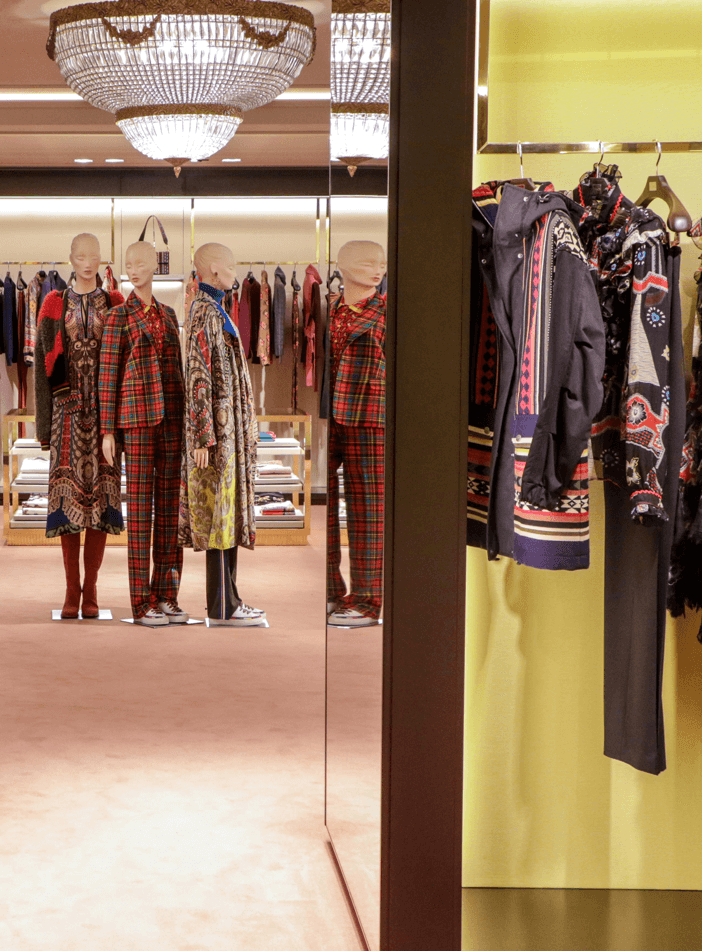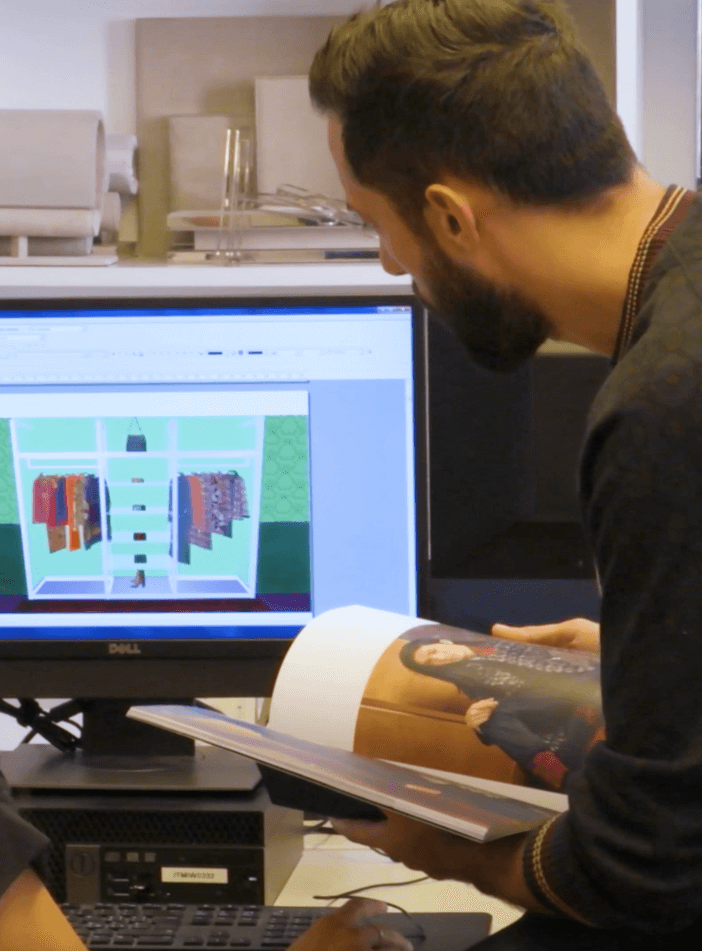5 Tips to Improve VM Compliance
When sending visual merchandising guidelines to multiple stores at once, it’s important to ensure that they are compiled properly. By doing so, you maintain consistency in your brand identity and ensure that all customers receive a consistent in-store experience, no matter which store they enter. We’ve pulled together five easy steps to improve your VM compliance. Make your stores look better, make it easier, and make it simpler.



Tip 1: Send More Planograms
When you are dealing with many stores, of different sizes and grades, products will sell through at different times. This leaves your in-store team to replace the item with whatever they have available, diminishing the intended effect of your fixture merchandising. To combat this, sending ‘seasonal updates’ to relevant stores, more regularly, works better. A higher frequency of planograms and VM guidelines will ensure store compliance is maintained to a higher standard. The importance of this cannot be understated. The way your store is branded and merchandised is one of the first tangible representations of your identity and wider marketing efforts.
Utilising digital tools (like MockShop) helps you create planograms faster, and even automates their creation. This is extremely helpful to cover these issues of sell-through and product loss. The more you send updates, the better your store compliance will be.
Tip 2: Relevant information only
Visual merchandising guidelines can easily become heavy with information, especially when you are only creating one document that needs to include details for smaller more specific stores. It often means that these smaller stores are having to sift through pages and pages in order to find what’s relevant to them.
By sending guidelines with only the most relevant information, such as providing platforms that detail only the appropriate products and fixtures, means you can help your in-store teams to merchandise to a higher standard and faste
Tip 3: Communicate store data using visuals
Your compliance can be improved by taking and sending photos of your store fixtures. For example, if one of your in-store teams takes a picture of the back wall they have just merchandised, it’s much quicker and more effective to review an image for mistakes – instead of a checklist. This is especially appropriate when a certain fixture or product isn’t available or in stock and quickly needs to be replaced with another. Next to this, having all of this data in one place is crucial from a management perspective.
Tip 4: Communicate from one centralised platform
When dealing with a great number of stores that all need to be merchandised, it’s important to have a single point of communication that can be tracked and audited. A centralised location like ShopShape arms you with a more effective ability to highlight and tackle problems that need to be solved across your whole brick-and-mortar operation. Having the same platform to communicate these issues helps even further in achieving 99.9% compliance.
Tip 5: An effective auditing schedule
Many aspects of your stores, such as lighting, fixtures and signage, need to be checked regularly to keep your stores looking consistent and as planned. Many retailers will of course look to ensure this by sending regular auditing checks to their stores. An audit is a list of questions that checks things such as ‘Are all of the store lights functional?’. Creating a schedule where these audit checks are regularly sent out to store teams gives you a much clearer oversight into how your stores are not only looking – but functioning. When it comes to executing this schedule, ensure that you cover the most relevant information to keep your store teams lean and efficient.
To find out more information about our Visual Retailing Software and how it can help your business, click here.
You can also contact one of our expert team members if you have further questions about anything retail.
